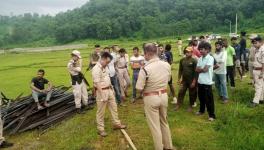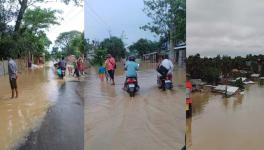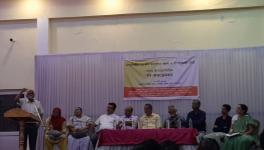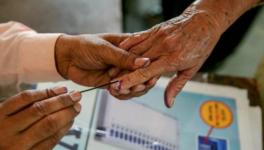The Danger of Incomplete Information
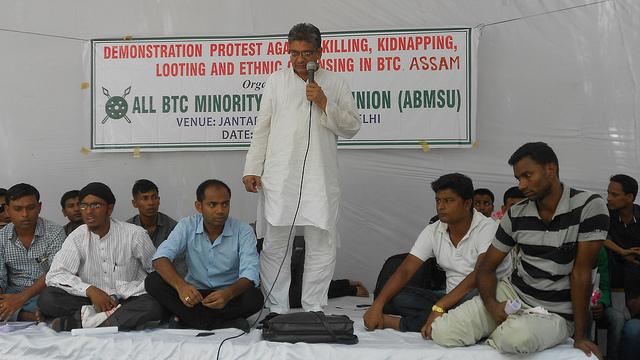
Image Courtesy: TwoCircles.net
Bodoland Territorial Council (BTC) Chief, Hagrama Mohilary on March 8 declared that land rights would continue in the Bodoland Territorial Autonomous Districts as per Chapter X of the Assam Land And Revenue Regulation, 1886. This announcement came after a violent agitation in Chirang and Kokrajhar. The agitation was the result of an alleged announcement that to sell land to non-tribals in the BTAD areas would require ‘special permission’. This resulted in the fear in non-Bodos that they would be disenfranchised. The Congress and other parties had come out against this alleged announcement and slammed it. Despite a lot being said and written on this issue, not many have read the Assam Land and Revenue Regulation, 1886. Chapter X of the Regulation provides for special tracts to be assigned to certain classes of persons. These classes will consist of persons who are educationally, socially or economically weak and the government may notify such tracts to be assigned in this regard. All classes of persons who are not notified cannot acquire land in these tracts, unless permission is obtained.
The notified classes of persons are; plains tribals, hill tribals, tea garden tribals, Santals, Nepali cultivator-graziers and Scheduled Castes. All the persons who took part in the agitation belong more or less to these groups. Ironically, the stand taken by the BTC is that there was never any question of disenfranchising these communities. When the issue first got publicity, Mohilary had categorically denied that the BTC was mulling any such move. The Principal Secretary of BTC, Biren Chandra Phukan also denied any such moves. Pramod Boro, president of All Bodo Students Union (ABSU) even went so far as to say the entire issue had been instigated by certain media houses.
To this effect it is worth considering who would stand to gain from this conflict between Bodos and non-Bodos within the BTAD areas. In this instance, the Bodo people neither instigated the issue, nor initiated it. The Bodoland demand has been ongoing, though Mohilary and the Bodo People’s Front seem to have put it on the backburner for the sake of their alliance with the BJP, ABSU has not backed down. The Bodoland agitations have in the past been violent, resulting in many deaths over the years, Mohilary himself was once the head of the Bodoland Liberation Tigers. This may explain why the non-Bodo communities took the rumours put forward in the media so seriously. What also added to this was when parties opposed to the BJP did not verify facts before they voiced their opposition to the move.
Another issue worth mentioning is the overlap of the proposed ‘Bodoland’ with the proposed ‘Kamtapur’. Kamtapur is the statehood demand of the Rajbangshi community, a community whose ancestral territory stretched from the terai of Nepal up to Kamrup in Assam. The present demand for Kamtapur consists of the parts of Lower Assam and North Bengal. The All Koch Rajbonshi Students Union (AKRSU) was one of the first groups to announce the agitation. This then comes to the main question, who benefits? Now that the matter has been clarified by Mohilary as well as the Principal Secretary and the president of ABSU, hopefully the issue will be put to rest. The real test will be to enforce the Assam Land and Revenue Regulation, 1886 so as to assuage all non-Bodo communities for good.
Get the latest reports & analysis with people's perspective on Protests, movements & deep analytical videos, discussions of the current affairs in your Telegram app. Subscribe to NewsClick's Telegram channel & get Real-Time updates on stories, as they get published on our website.















